Optimal Timing for Foundation Repairs
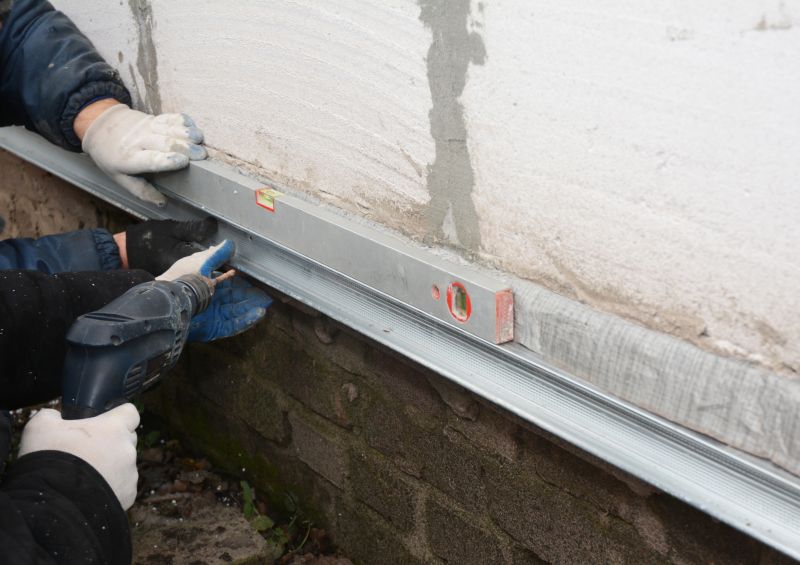
Ways to make Foundation Repairs work in tight or awkward layouts.
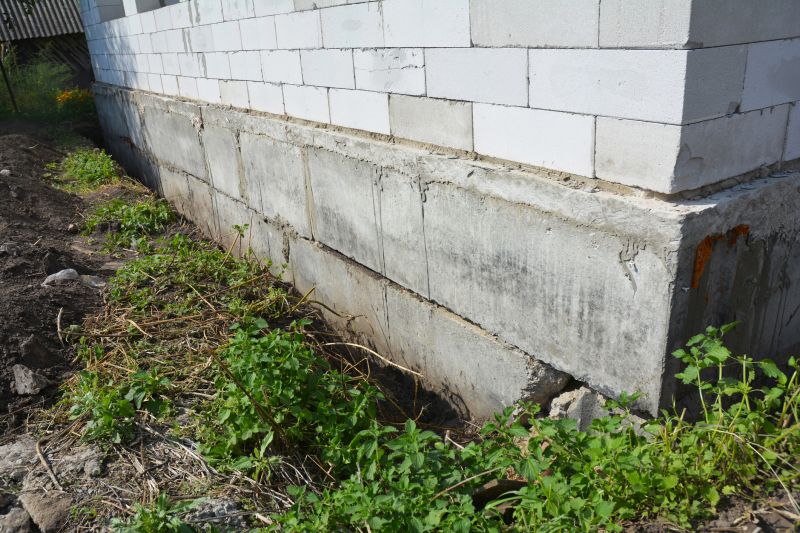
Popular materials for Foundation Repairs and why they hold up over time.
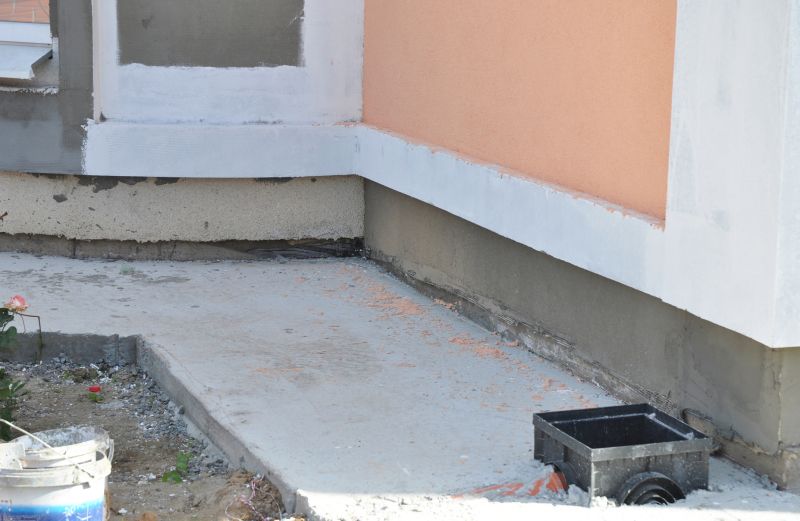
Simple add-ons that improve Foundation Repairs without blowing the budget.
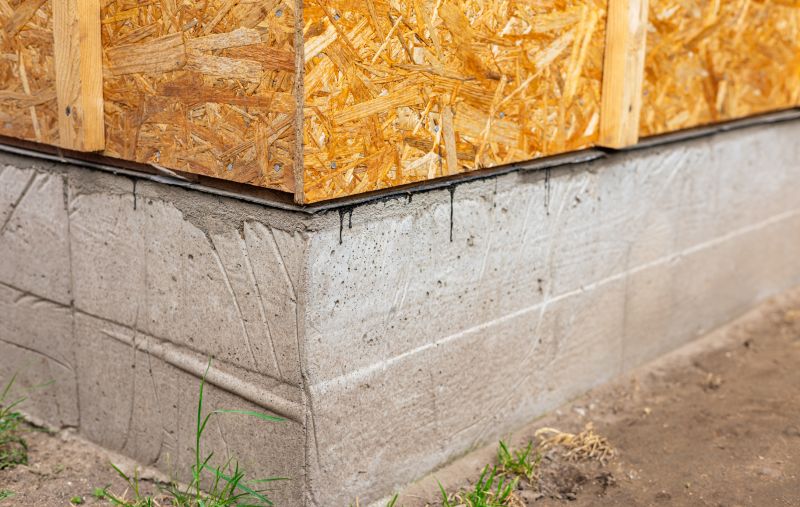
High-end options that actually feel worth it for Foundation Repairs.

Finishes and colors that play nicely with Foundation Repairs.
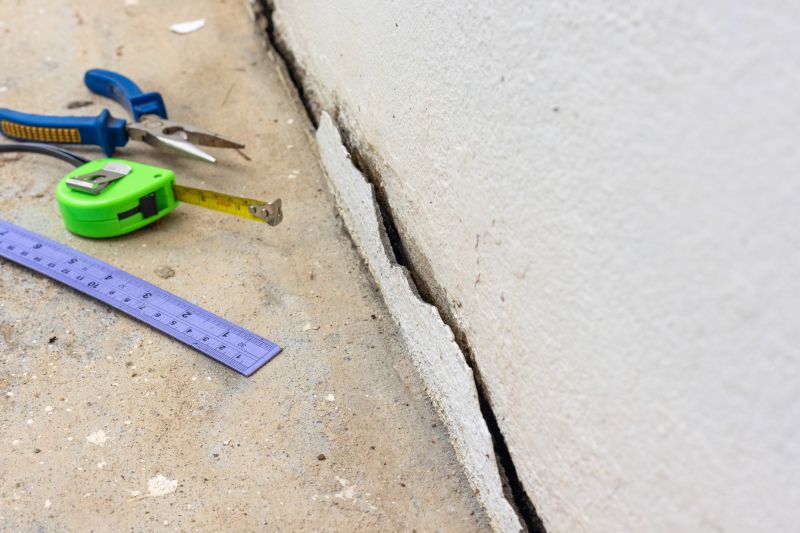
Little measurements that prevent headaches on Foundation Repairs day.
Foundation repairs are critical for maintaining the structural integrity of a building. The timing of repairs can influence the effectiveness and longevity of the repair work. Seasonal weather patterns, soil conditions, and temperature fluctuations impact when repairs should be scheduled. Typically, mild weather conditions facilitate better access and allow for more precise work, reducing the risk of future issues.
In regions with significant seasonal changes, late spring and early fall often provide optimal conditions for foundation repairs. During these times, soil moisture levels are moderate, minimizing ground movement that can interfere with repair processes. Proper timing ensures that repairs are durable and reduces the likelihood of recurring problems caused by shifting soil or extreme weather.
Extreme cold or heat can hinder repair work and affect material performance. Moderate temperatures support better curing times and adhesion.
Soil moisture levels influence ground stability. Repairs are best scheduled when soil is neither too dry nor too saturated.
Soil expands in wet conditions and contracts when dry, impacting foundation stability and repair success.
Proper timing of repairs can extend the lifespan of foundation solutions and prevent future issues.

A 60-second routine that keeps Foundation Repairs looking new.
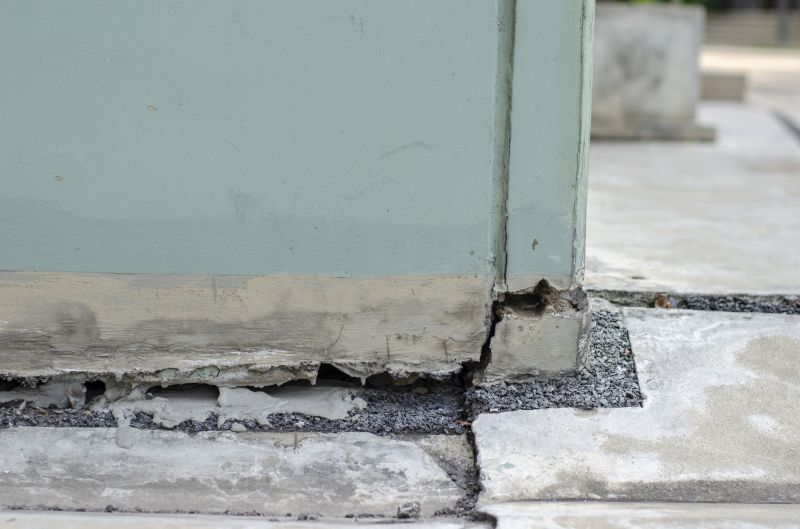
A frequent mistake in Foundation Repairs and how to dodge it.

Small tweaks to make Foundation Repairs safer and easier to use.

Lower-waste or water-saving choices for Foundation Repairs.
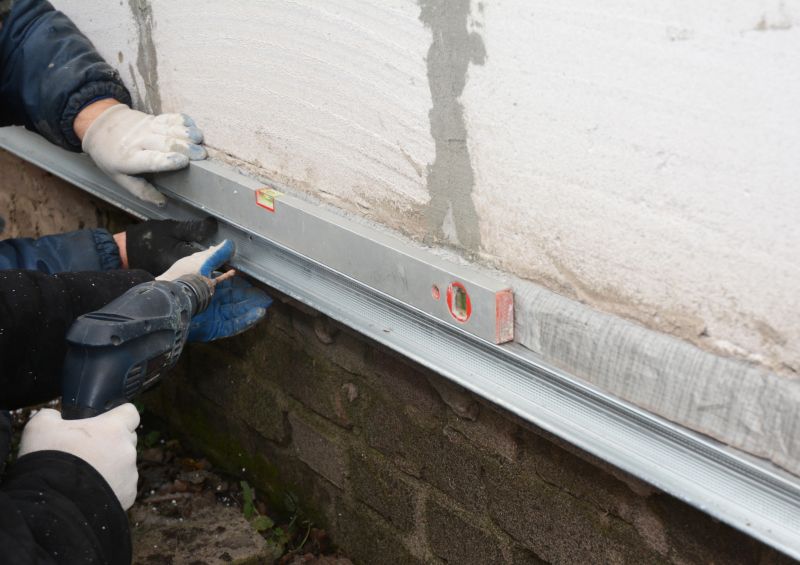
The short, realistic tool list for quality Foundation Repairs.

Rough timing from prep to clean-up for Foundation Repairs.

Quick checks and paperwork to keep after Foundation Repairs.

Examples that show the impact a good Foundation Repairs can make.
| Season | Ideal Conditions |
|---|---|
| Spring | Moderate soil moisture, mild temperatures, less ground movement |
| Summer | Potential for high temperatures, risk of soil drying out |
| Fall | Optimal soil moisture, cooler temperatures, stable ground |
| Winter | Frozen ground, limited accessibility, increased risk of complications |
Understanding the seasonal factors affecting foundation repairs can help homeowners and property managers plan effectively. Proper timing minimizes disruptions and enhances the durability of repair solutions. Consulting with foundation specialists can provide tailored recommendations based on local climate and soil conditions.
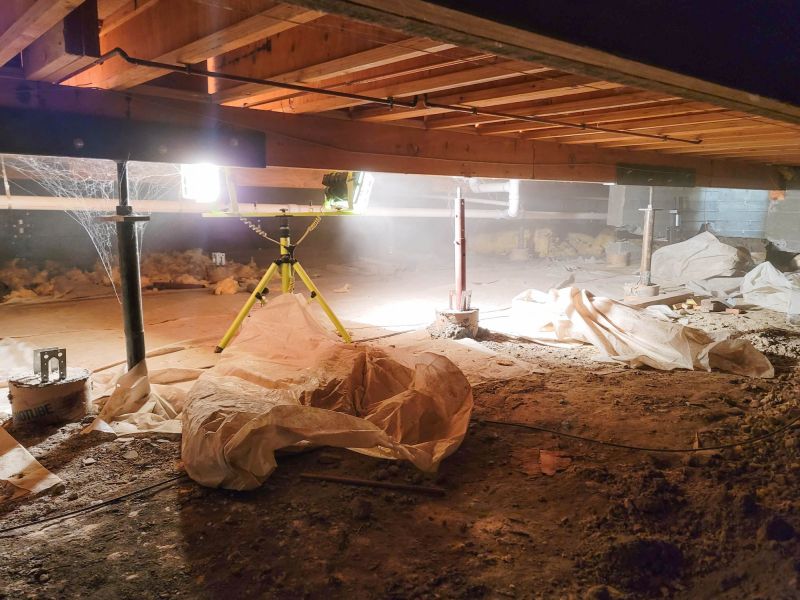
Ways to make Foundation Repairs work in tight or awkward layouts.

Ways to make Foundation Repairs work in tight or awkward layouts.
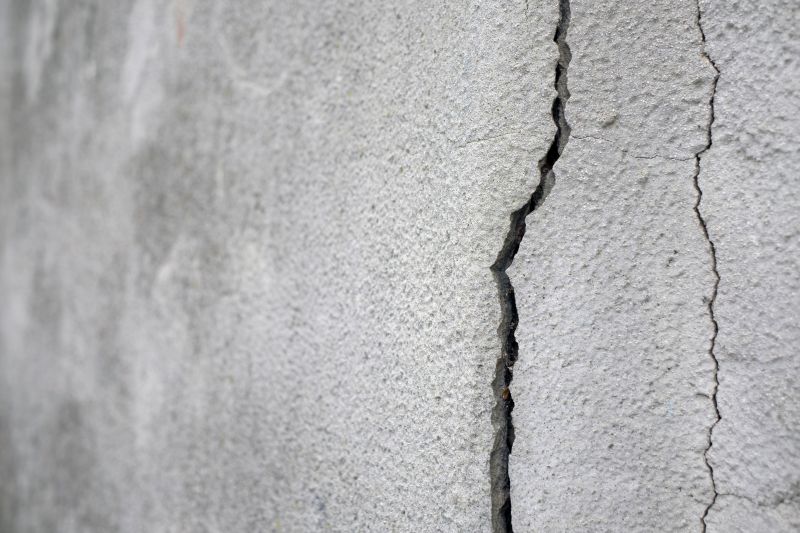
Ways to make Foundation Repairs work in tight or awkward layouts.

Ways to make Foundation Repairs work in tight or awkward layouts.
Timely foundation repairs are essential to prevent further structural damage and avoid costly future repairs. Proper scheduling, based on seasonal conditions, can improve repair effectiveness and ensure long-term stability. If there is interest in foundation assessment or repairs, filling out the contact form can provide detailed information and scheduling options.

